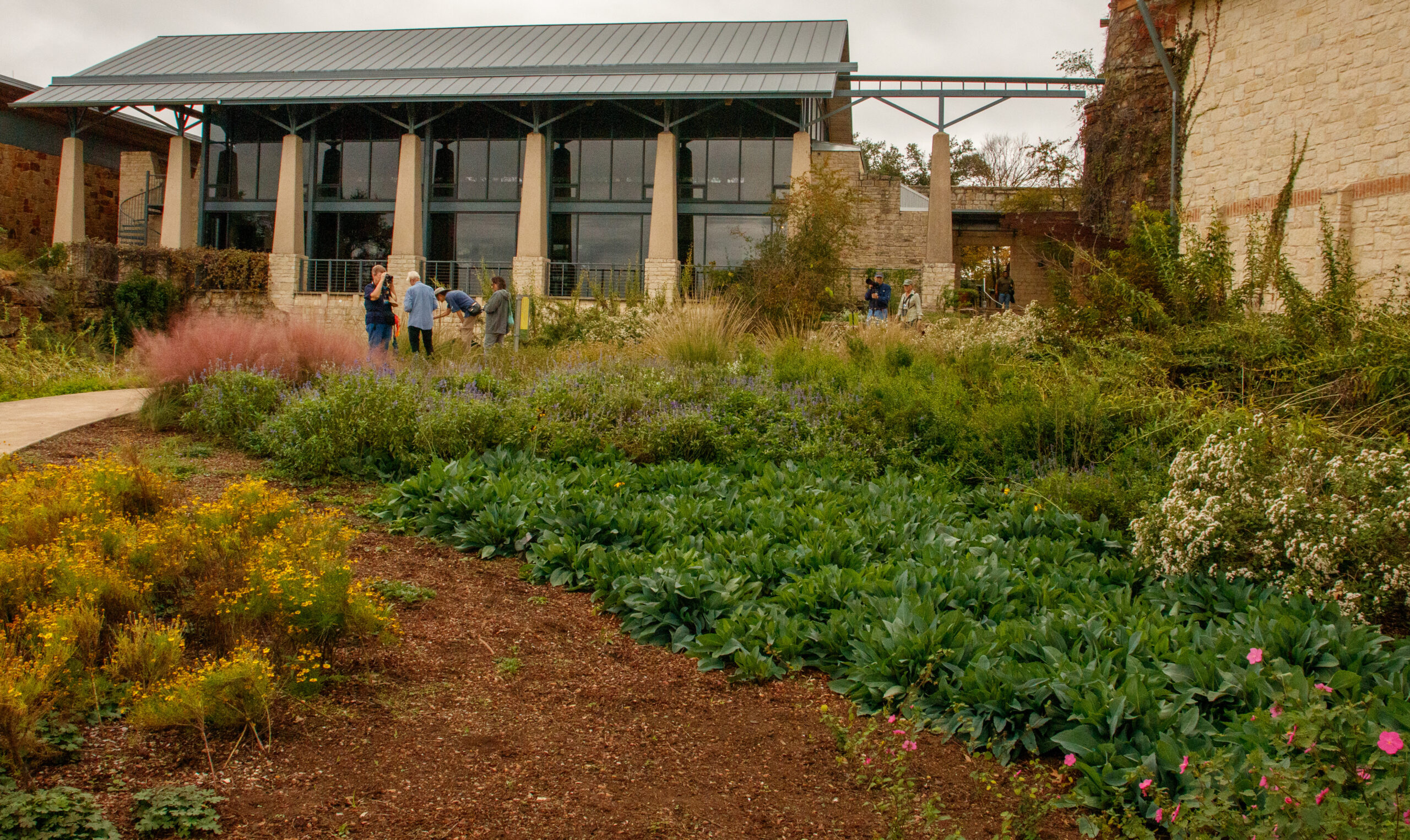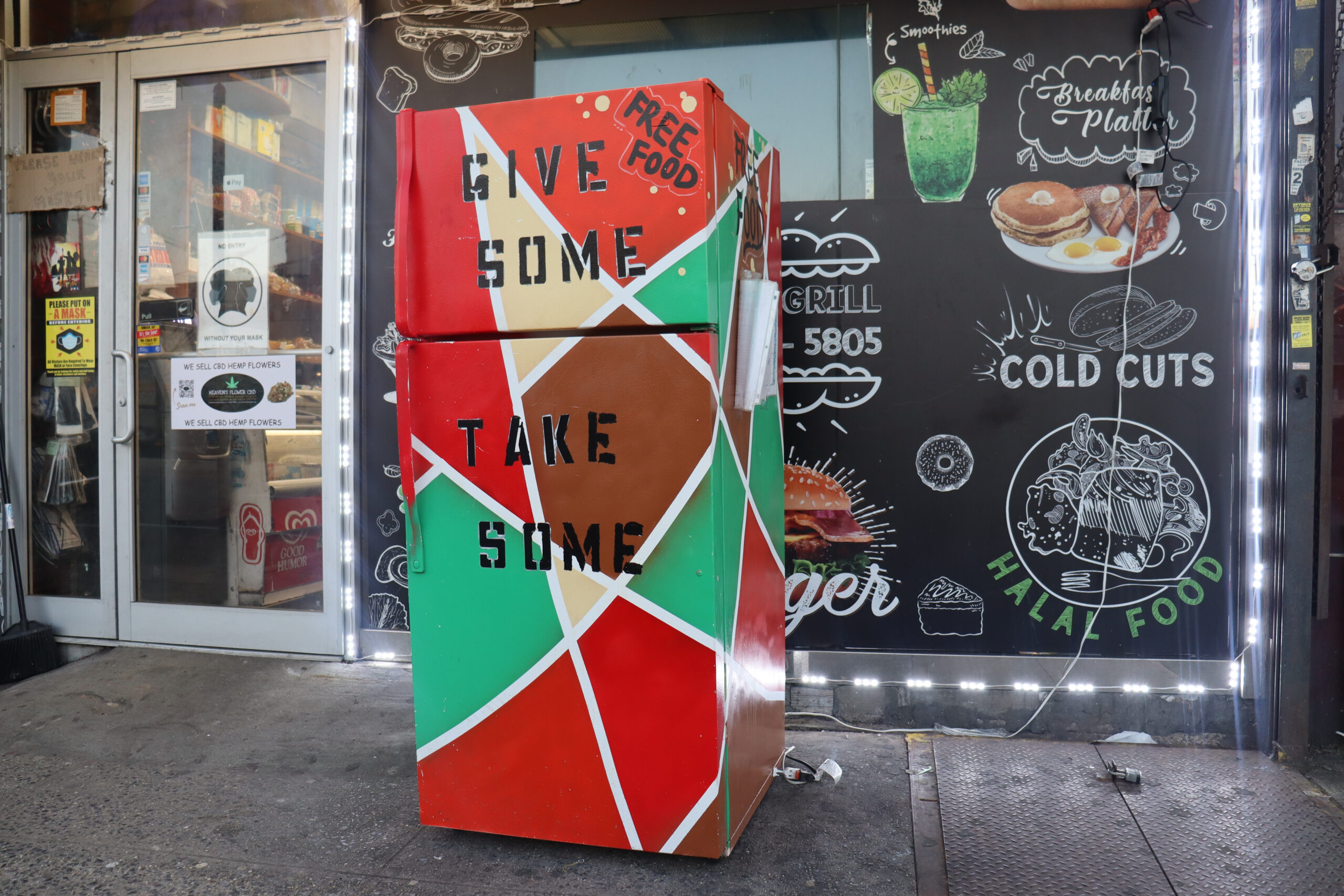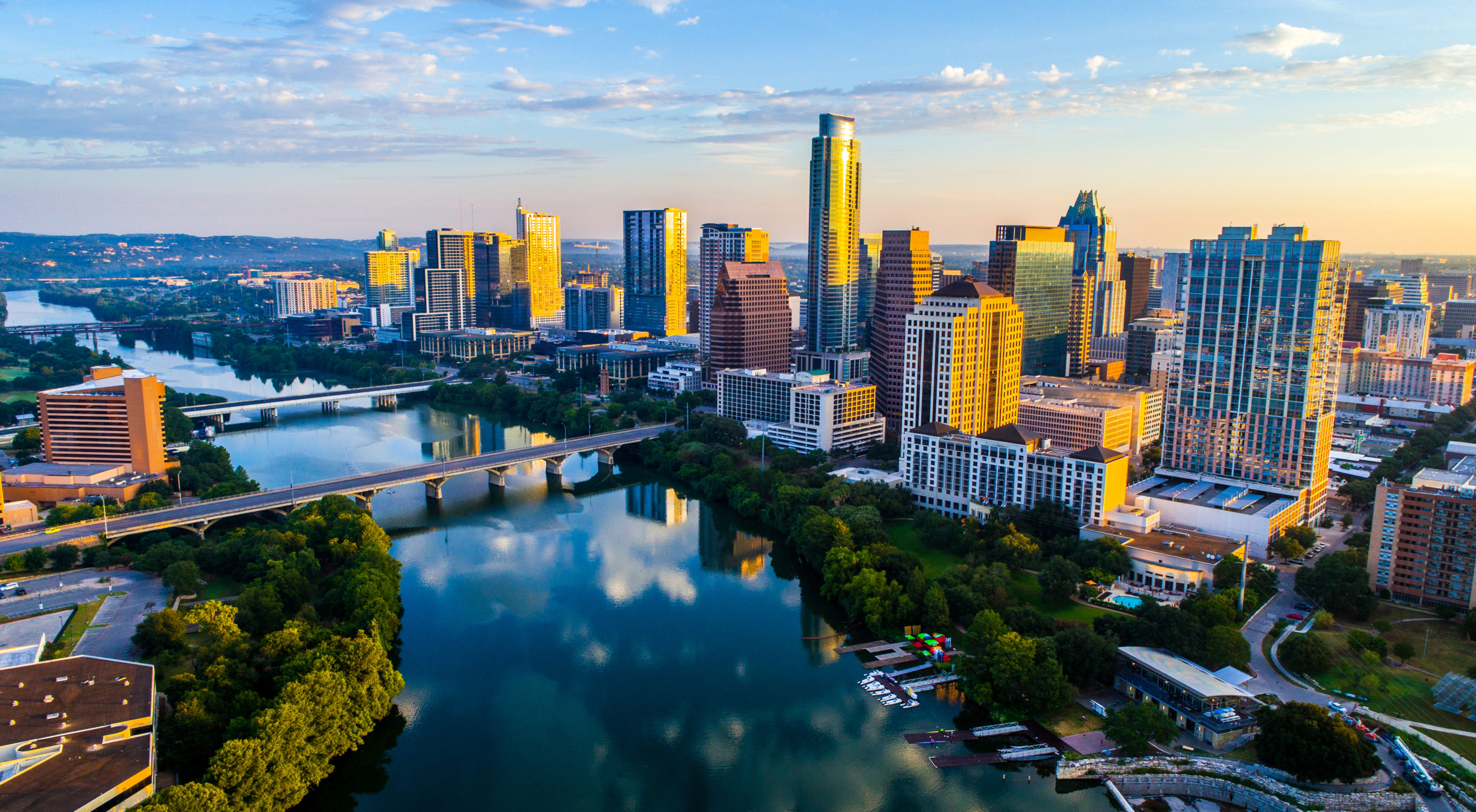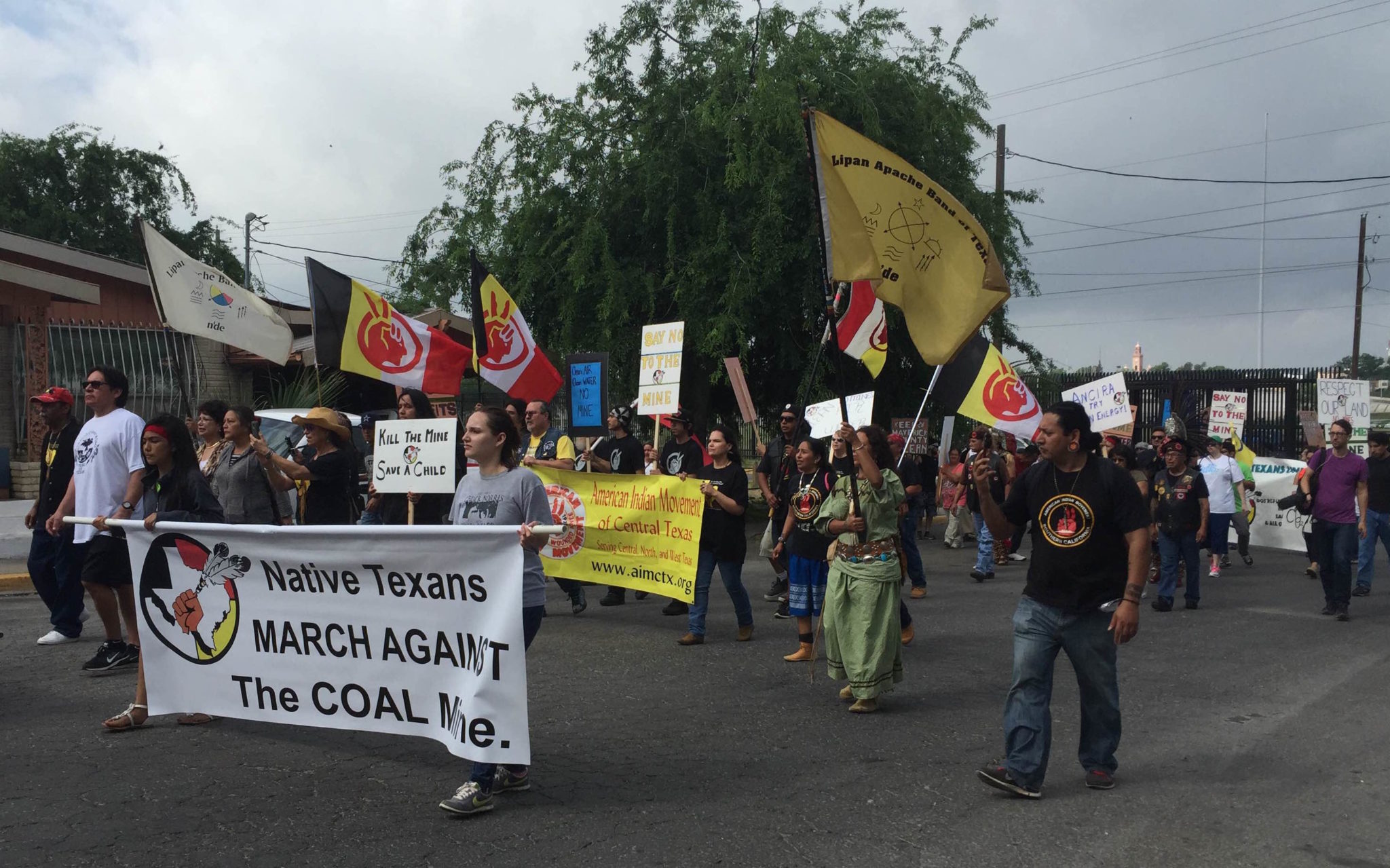
Going Beyond Green for a Racially Diverse Environmental Movement

A version of this story ran in the June 2016 issue.
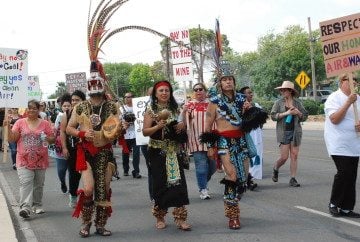
In a community meeting room at the back of an east Austin library, a group of college students, young professionals and retirees gathered to discuss affordable housing, coal mining and community organizing. Sitting in a circle, they shared the recent success of a protest against a coal mine near Eagle Pass, debated ways to engage poor communities, and workshopped how to talk about systemic racism without getting into heated arguments.
The meeting is a monthly affair for Austin Environmental Justice, a group of like-minded community organizers, social justice activists and environmentalists working to bring attention to marginalized communities in Austin that have been doubly challenged by poverty and pollution. The group was started by the Lone Star Chapter of the Sierra Club and reflects the increasing importance the organization is placing on the racial dimension of environmental issues.
When the group fought to retire a coal-fired power plant in Fayette County co-owned by the city of Austin and the Lower Colorado River Authority, it also helped pecan growers in La Grange advocate for clean and affordable energy. Recently, when the Austin Sierra Club found out that anti-immigrant groups would be attending the Texas Earth Day festivities in Dallas, it boycotted the event, saying in a statement that it could not “in good conscience support an event nor its main funder if it encourages anti-immigrant and racist sentiments.”
These steps reflect the Sierra Club’s increasing emphasis on diversifying the environmental movement, says Reggie James, who took over as president of the Lone Star Chapter in 2015. Poor communities and people of color often bear the brunt of environmental degradation, said James, who is African American, because they tend to live close to aging coal plants, waste dumps, refineries and other hazards. Clean energy projects can not only supplant polluting industry but also create jobs and economic opportunities — a sort of virtuous circle for those with the most to lose and gain.
It’s essential work in a state that is now majority-minority, James said.
In Dallas, where the asthma rate is the highest in the state, community organizer Cherelle Blazer has been providing minority communities with information about the negative environmental and health impacts of coal plants. One of the weaknesses of an environmental movement led by white people is that they often end up speaking for communities of color, she says. It’s part of what she calls the “savior syndrome.” Blazer, who works for the Sierra Club’s national Beyond Coal campaign, says she’s faced resistance from the organization’s Dallas chapter, which has a largely white and older leadership.
“The Sierra Club itself has a problematic history with race,” she said. “So you’ve got some remnants of that and you’ve got pockets of younger folk trying to change that legacy.”
Wendel Withrow, the Dallas Sierra Club’s chairman said he disagreed a “thousand percent” with Blazer’s statements. He cited eight environmental justice projects that his group is working on, including taking kids from the inner city on day trips into nature and fighting a cement plant in a low-income community.
